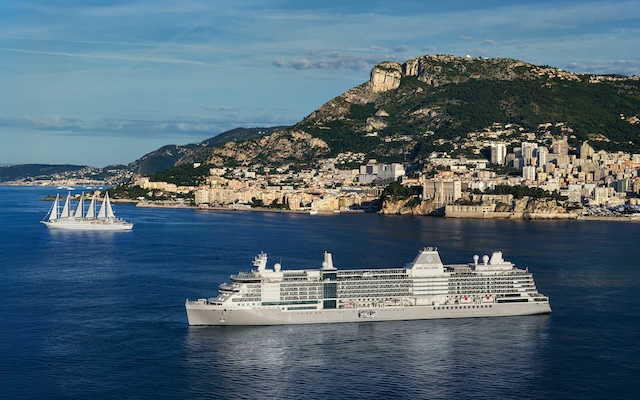India’s travel market is poised for unprecedented growth, driven by soaring passport ownership and significant investments in personalised and immersive travel experiences.
The country is on track to become the third largest world economy in the next three to four years, from its current fifth position. It presently has some 80 million passport holders desiring travel.

“The post-Covid demand for travel has been very high, especially among younger travellers. The generations (before) were always saving for the future and for the unknown, creating a reserve, but the current generation just wants to spend and experience life in the now,” said Puneet Chhatwal, managing director and CEO of Indian Hotels Company, addressing the 24th WTTC Global Summit in Perth last week.
To underscore this point, Chhatwal noted that Coldplay’s upcoming concert in India sparked much discussion after its “very steeply” priced tickets sold out within seconds of going on sale, crashing the website, and prompting the band to schedule a second concert to meet demand.
Chhatwal said India is becoming one of the largest source markets for outbound travellers, especially in Asia. Indian travellers tend to prefer destinations that are closer to home, with the exception of the US. One third of Indians travel to Dubai and the Middle East, followed closely by Indonesia, Thailand, and Vietnam, which are “on a big rise”.
“India has become the second largest international source market for travel to the US, setting a new record with almost one million arrivals between January and May this year. This places India just behind the UK, and the number of Indian visitors to the US represents a 37 per cent increase over 2023,” said Chhatwal.
India’s outbound tourism is expected to reach US$18 billion in 2024 and keep growing at a CAGR of 11 per cent, reaching US$55 billion in the next decade.
“Travel for Indians is very personalised, with immersive experiences, whether they’re cultural, culinary tours, or adventures. There’s a lot of focus on heritage, local culture, ecotourism and a very strong rise in wellness tourism, as has the rest of the world post-Covid. That is because India is also the land of yoga, Ayurveda, and holistic wellnesses,” he added.
Underlying this growth is the country’s economic expansion, with its contribution to global GDP more than doubling from three per cent at the time of independence in 1947 to seven per cent today.
The country’s literacy rate has also surged from 23 per cent to beyond 85 per cent in that time. Additionally, its number of airports is set to double from 150 airports currently to 300 in the next few decades.
Meanwhile, India’s domestic tourism markets are also benefiting from its citizens’ higher disposable income, with growth in shorter and more frequent trips being recorded.



















